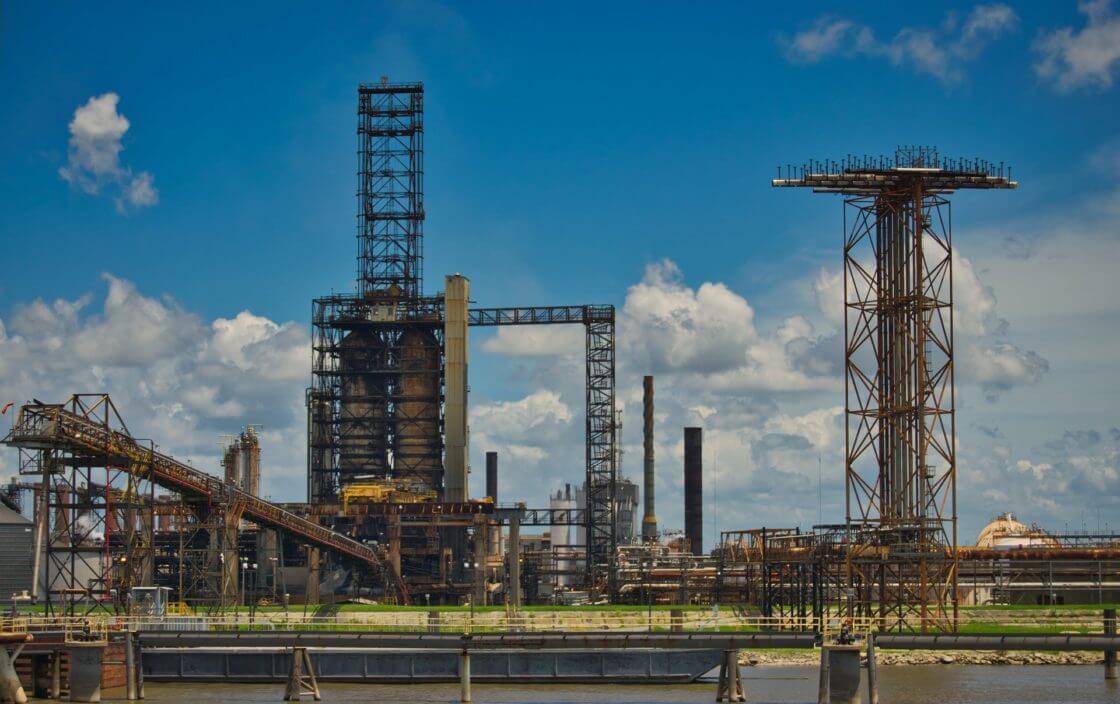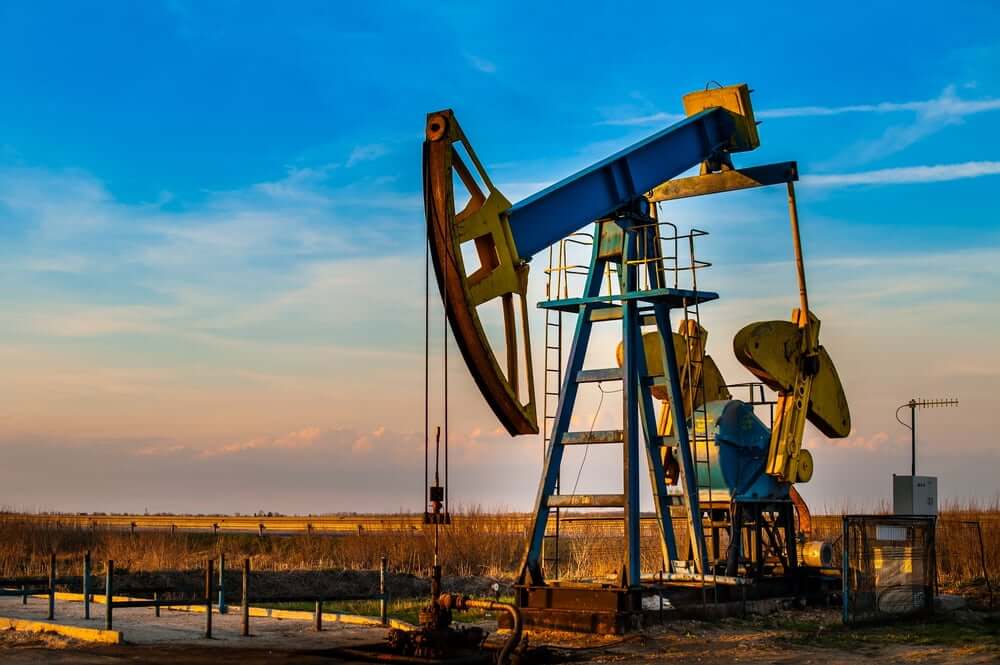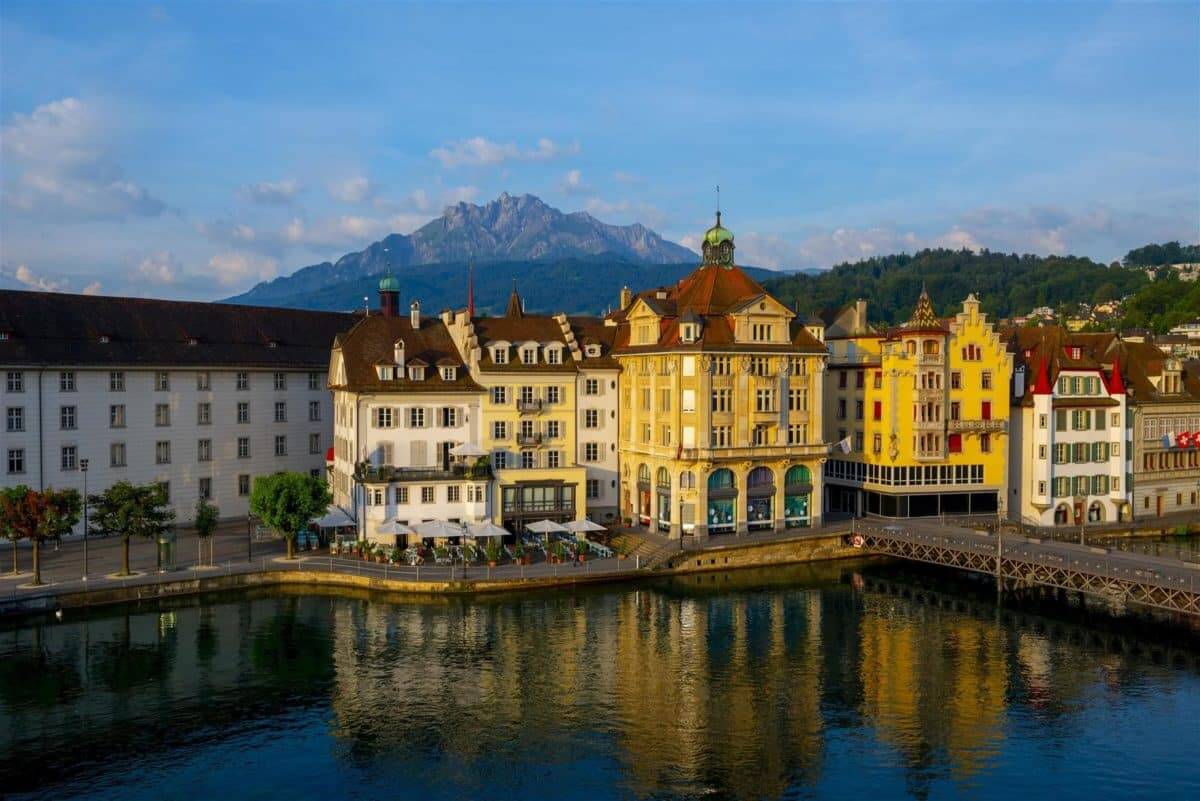
Oil edges up as global supply remains tight
Oil prices increased on Thursday as supply fears spurred a rebound from multi-month lows hit the previous session following dismal fuel demand data from the United States.
Brent crude prices were up 10 cents, or 0.1 per cent, at $96.88 a barrel, while West Texas Intermediate (WTI) crude futures were up 21 cents, or 0.2 per cent, at $90.87.
The Organization of Petroleum Exporting Countries (OPEC) and its allies, notably Russia, have increased output but struggled to fulfil targets since most members have already exhausted their output capacity.
In September, OPEC+ decided to increase production by 100,000 barrels per day, a significant increase over prior months’ output. The global energy market is still experiencing supply difficulties.
Before the conference, OPEC+ reduced its prediction for the oil market surplus this year by 200,000 barrels per day to 800,000 barrels per day.
OPEC+ appears to be resisting calls to increase output as the crude demand picture deteriorates. The world is dealing with an enduring global energy crisis, and OPEC+ will do little to help.
Even as the global economic recession accelerates, crude prices could find strong support around the $90 level and return to the $100 barrel level.
The outlook for oil demand is clouded by mounting concerns about an economic downturn in the United States and Europe, debt problems in emerging market countries, and China’s tough zero COVID-19 policy, the world’s largest oil importer.
US crude oil inventories climbed unexpectedly last week as exports declined and refiners reduced runs, while gasoline stocks grew unexpectedly as demand slowed.
However, the Caspian Pipeline Consortium (CPC), which connects Kazakh oil reserves to the Russian Black Sea port of Novorossiisk, stated Thursday that supplies were much lower without data.

Squeezed global spare oil capacity
The Organization of Petroleum Exporting Countries and its partners, known as OPEC+, have decided to increase oil output by 100,000 barrels per day beginning in September, citing a lack of spare capacity for higher increases. The alliance, which includes Russia, met on Wednesday to discuss output levels in response to US efforts to increase supply to cool the international oil market.
The hike means that the 23-country bloc, which includes Russia, will increase output by 748,000 BPD beginning next month. The US has pressed OPEC leaders Saudi Arabia and the UAE to pump more oil to help keep prices under control, bolstered by recovering demand and Moscow’s invasion of Ukraine.
US and Western sanctions against Russia have skyrocketing energy costs, resulting in high multi-decade inflation and central bank interest rate hikes.
Oil futures began to rise as news of the OPEC+ agreement began circulating. Brent crude prices were up 0.47 per cent at $101.01 per barrel, while West Texas Intermediate crude futures were up 0.66 per cent at $95.08 per barrel.

Fear of energy crisis in Switzerland
Like much of Europe, Switzerland relies on external energy supplies during these trying times as the world struggles to figure out how to power its homes, businesses, and industries.
Despite its neutrality and lack of membership in the European Union, Russia’s war on Ukraine and its influence on energy have the Swiss concerned about personal heating in the next winter.
The Alpine country has also been requested to become more aligned with its European neighbours.
Switzerland should follow an EU plan to reduce energy use to deal with the consequences of the Ukraine conflict, according to Swiss Energy Minister Simonetta Sommaruga.
Last month, EU members agreed to limit their gas usage by 15% between August 2022 and March 2023.
Switzerland’s principal energy sources are oil, natural gas, nuclear power, and hydropower.
In Switzerland, petroleum and other fuels account for 50.6 per cent of total energy use, followed by electricity (25 per cent), gas (13.5 per cent), and wood (4.4 per cent).
Hydropower (59.9 per cent), nuclear power (33.5 per cent), and conventional thermal power plants generate the majority of electricity.
Since 1990, the average energy consumption per person in Switzerland has decreased by approximately 14.5 per cent. However, according to the Swiss government, the country’s resident population has expanded by 23.4 percent during the same period, resulting in a 5.5 percent increase in total energy consumption.




